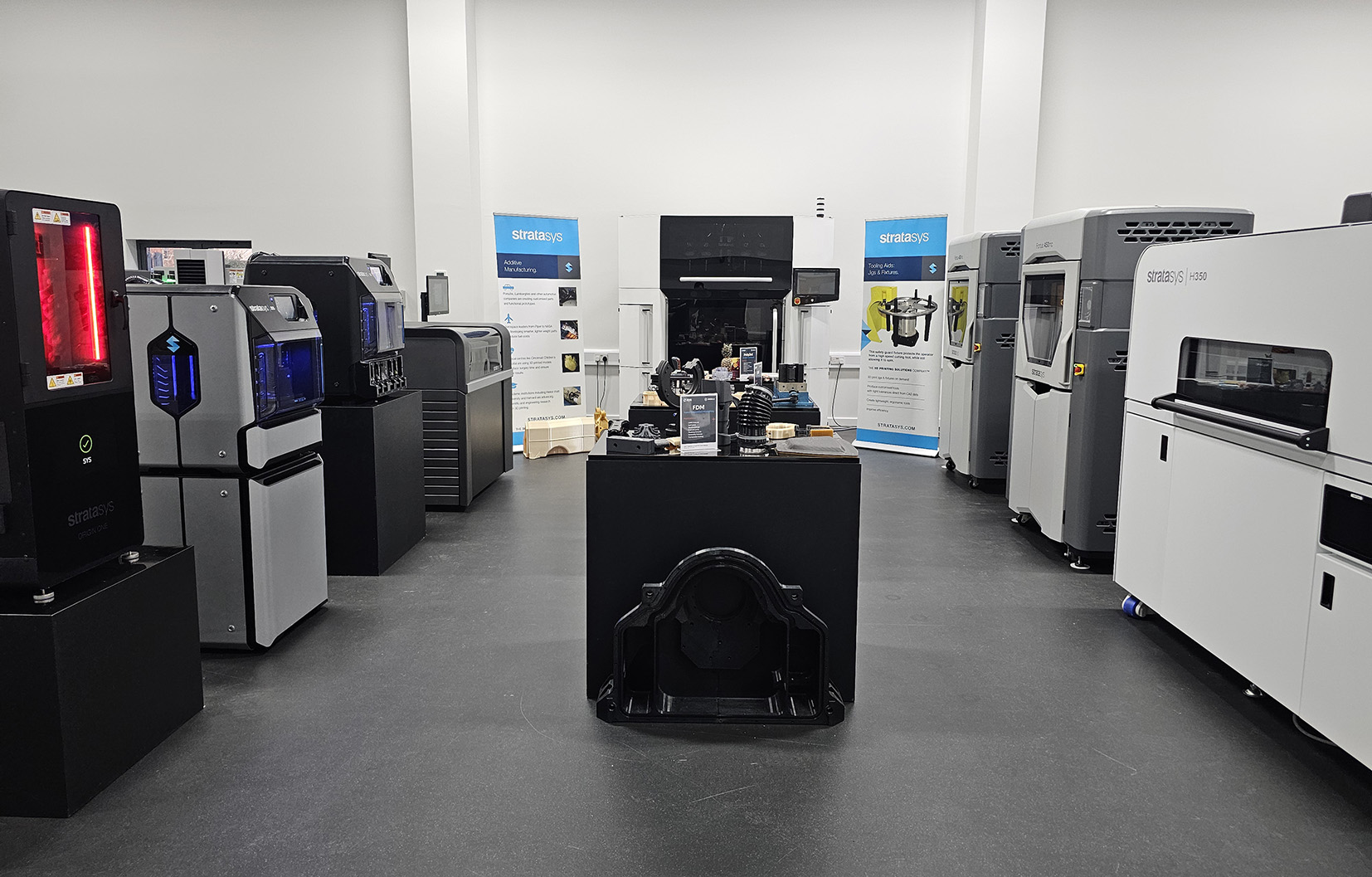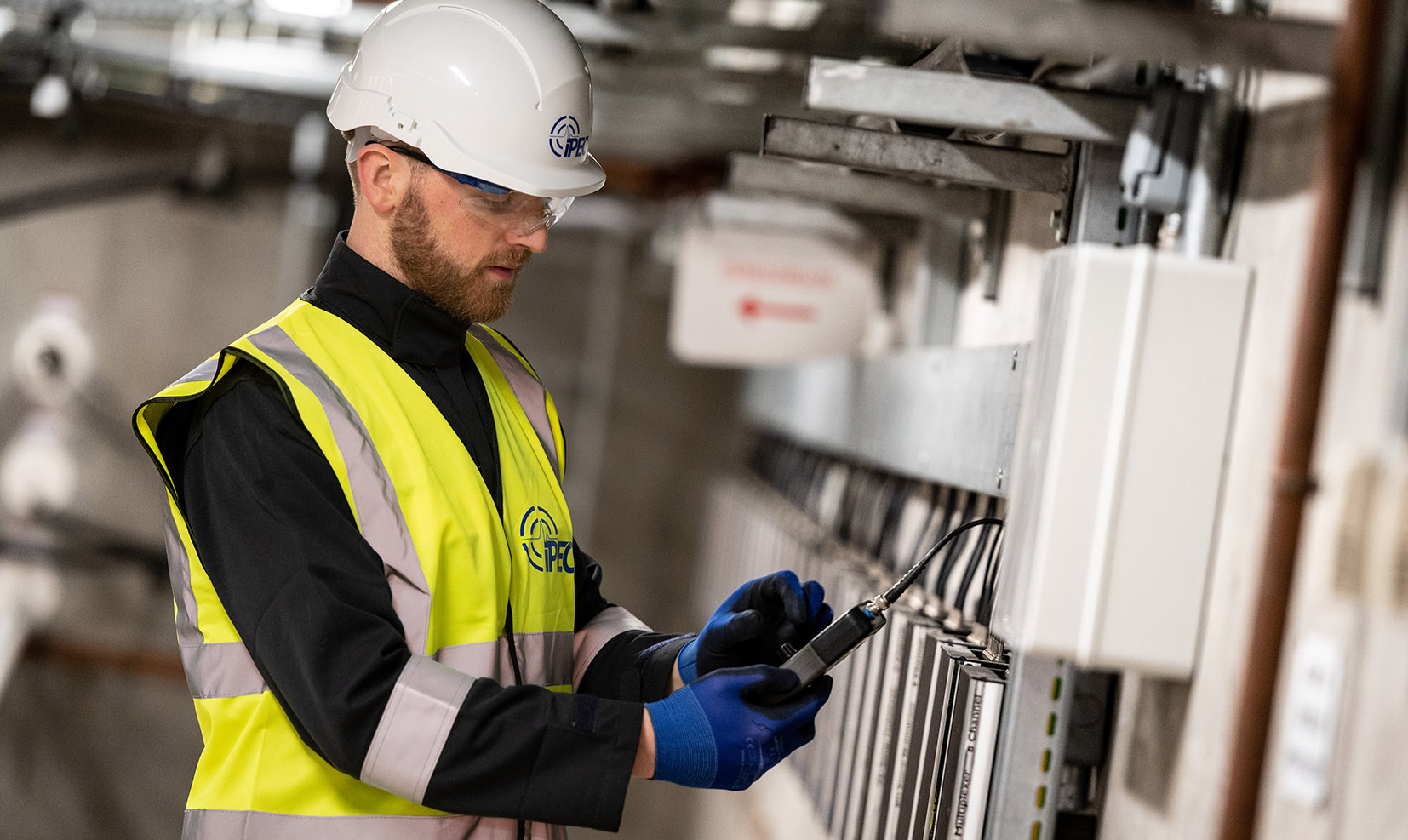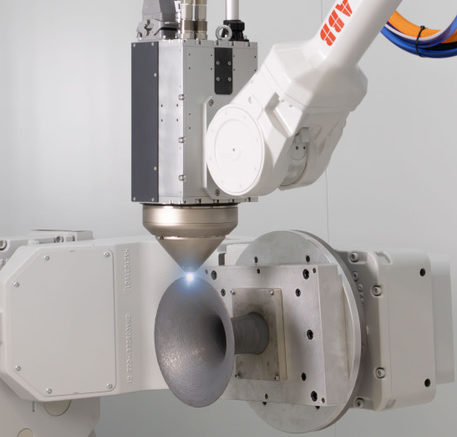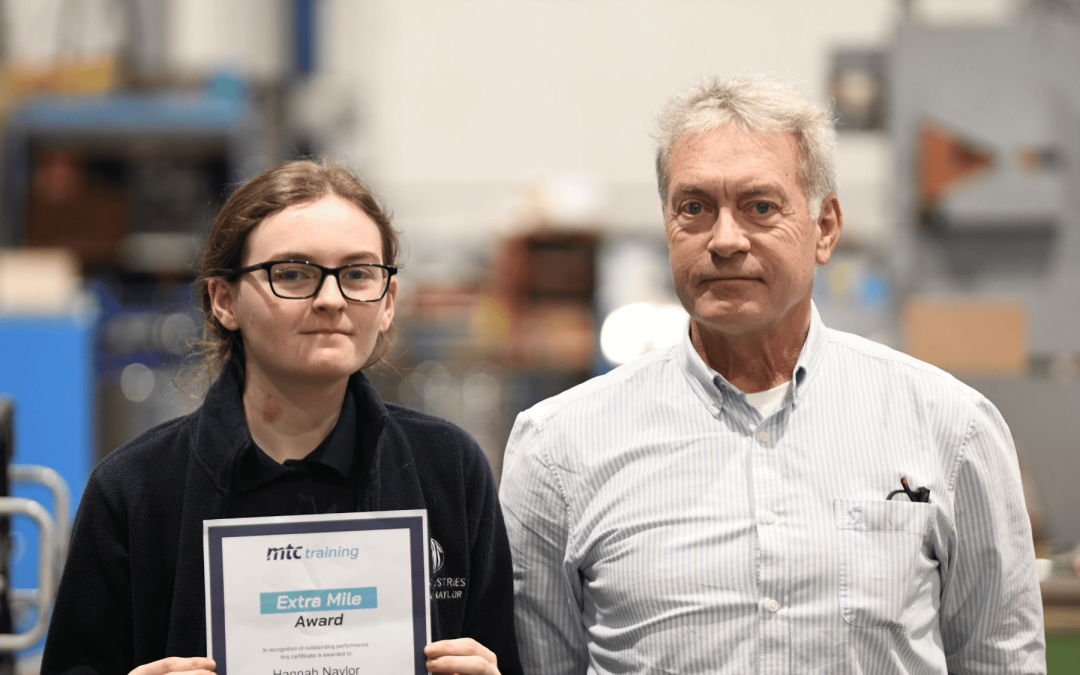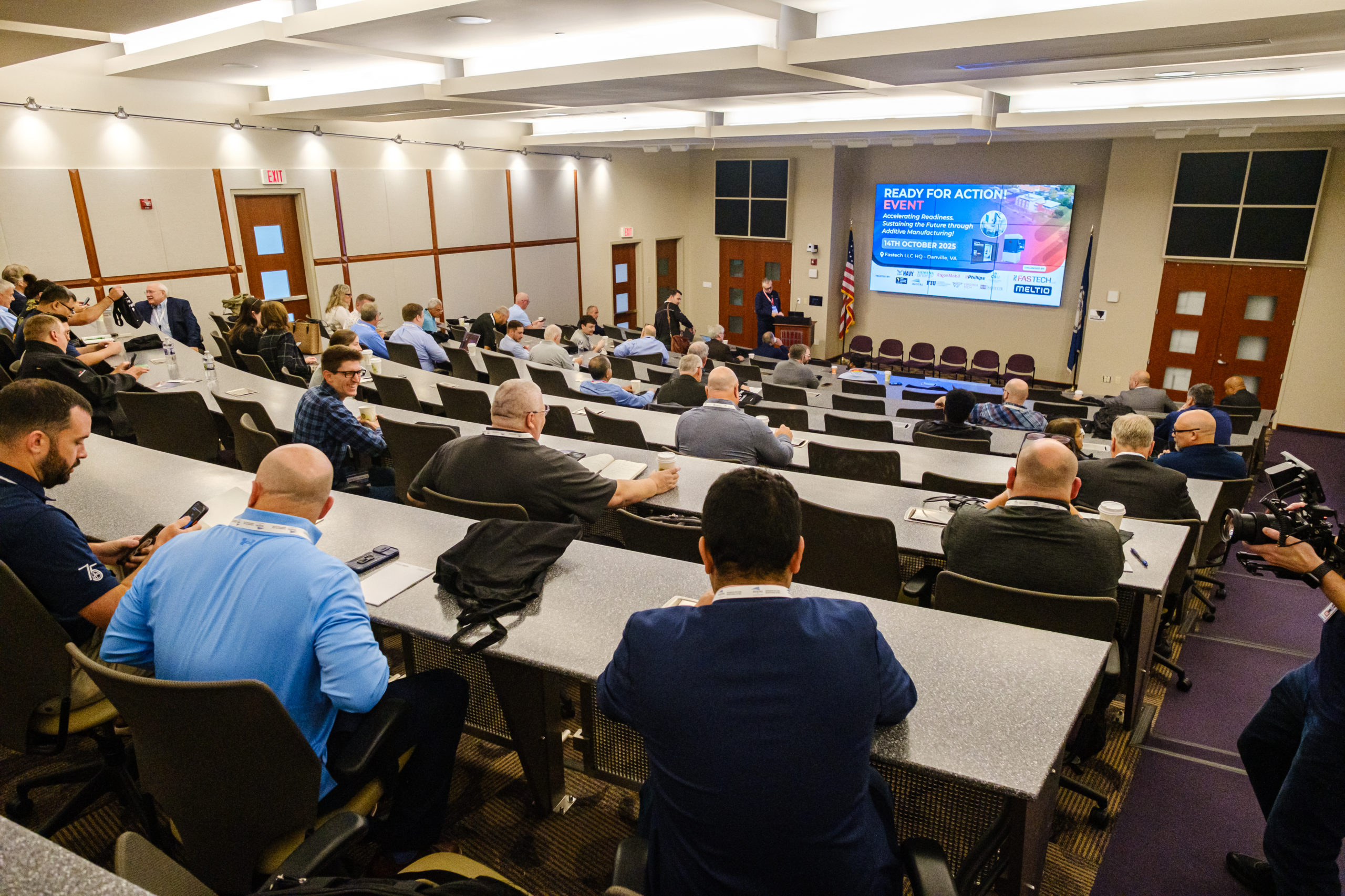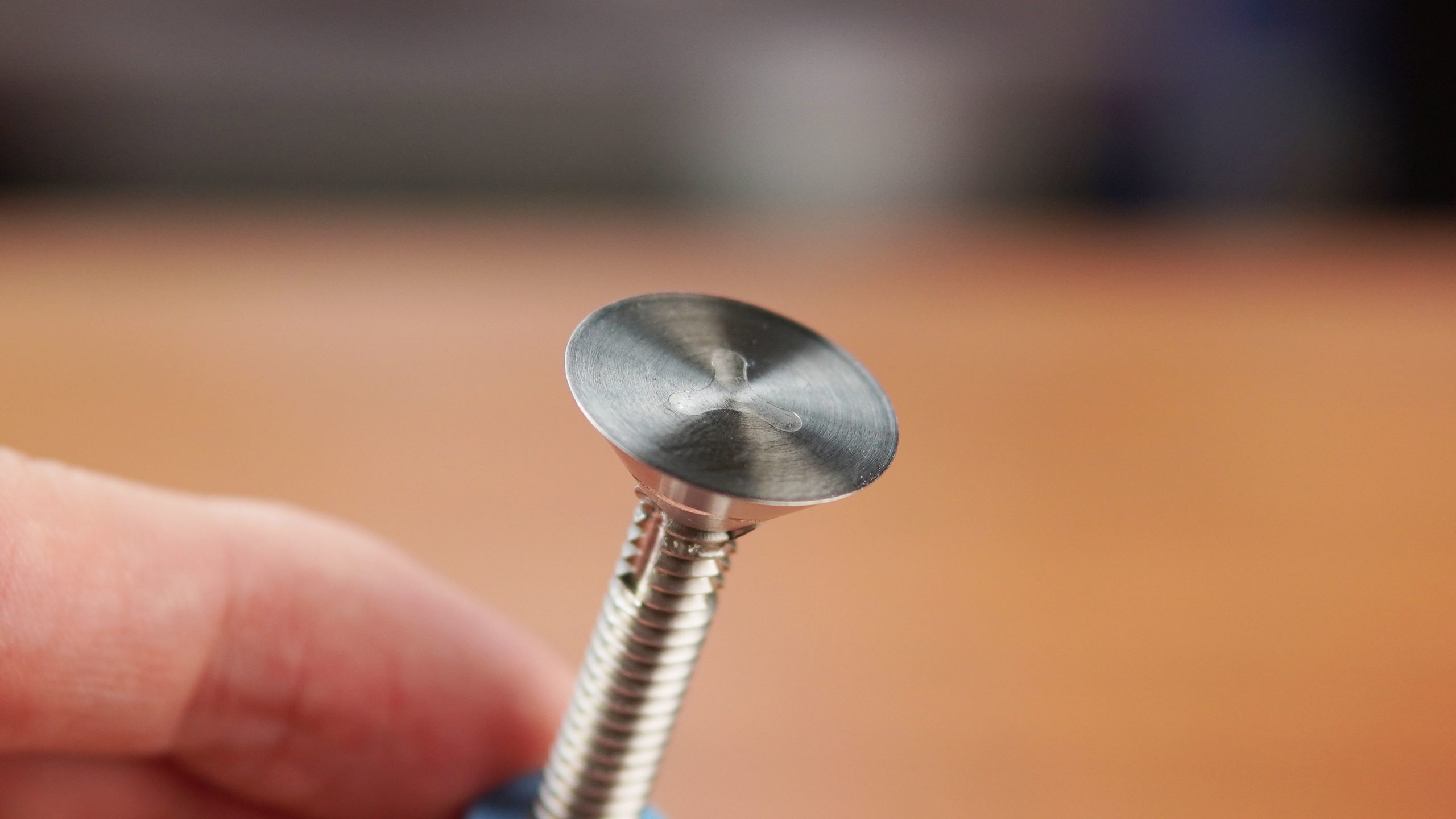Let’s Talk Materials : Circular design to shape the future of metalworking

Circular design to shape the future of metalworking
Across the metalworking sector, pressure is mounting to rethink how materials are managed from design through to end of life. What was once a side discussion has become central to competitiveness. A sustainable approach to materials is now a strategic necessity, and circularity offers a powerful framework to achieve it while strengthening supply chain resilience.
Simon Farnfield, Event Director at Easyfairs, argues that circular thinking is not only compatible with the needs of machining and metalworking but is set to define the industry’s future.
From waste to value
For decades, metalworking has lived with high levels of waste. Swarf bins filled with valuable chips, cutting tools discarded after wear, and components scrapped because they could not be reworked have all been accepted as part of the process. Rising raw material costs, volatile supply chains and entrenched legacy practices reinforced the belief that waste was unavoidable.
That model is being challenged. Circularity is here to stay, and it is becoming an economic driver. Between 2014 and 2019, the UK’s circular economy added almost 90,000 new jobs, bringing the total to around 560,000. By 2030, it could add £82 billion to the economy and cut 33 million tonnes of CO₂ annually.
For machine tool builders, cutting tool suppliers and subcontractors, this presents an opportunity: reduce cost by reclaiming metals, secure supply by recycling strategic materials, and create new value in remanufacture and repair.
Material passporting in machining
A key enabler of circularity is transparency. Digital material passports that track composition, sourcing and recyclability will become essential across the supply chain. In machining, this could mean detailed records of billet alloys, tool materials and even swarf recovery, enabling accurate carbon accounting and simplifying recycling.
For toolmakers, this is already practical. Carbide inserts and drills contain tungsten and cobalt, both critical raw materials. When returned and recycled, they can be transformed into new tools with a fraction of the environmental impact. With proper passporting, that recovery becomes measurable and commercially attractive.
For subcontractors, understanding and recording alloy composition at the point of machining helps ensure swarf is segregated for maximum recycling value rather than downgraded into mixed scrap.

Designing out waste in metalworking
Circularity only works if design decisions are made early. For machine tool builders, this means creating equipment that can be refurbished, upgraded and dismantled for parts at the end of life. For component designers, it means selecting alloys that are easier to recycle, reducing unnecessary material removal and specifying features that allow reuse.
Precision engineering has always prized efficiency. Embedding recyclability at the design stage ensures today’s parts and machines do not become tomorrow’s waste, while also unlocking cost savings through reduced scrap rates, near-net-shape production and additive–subtractive hybrid processes.
Regulation reshaping metals supply
Policy is moving quickly. The EU Critical Raw Materials Act sets binding targets for domestic extraction, processing and recycling of essential materials such as tungsten, cobalt and rare earths. These are the lifeblood of metalworking, used in cutting tools, machine spindles, electronics and high-performance alloys. By 2030, at least 25% of these materials will need to come from recycled sources.
Machining firms that invest now in closed-loop recycling — from carbide recovery schemes to swarf reclamation — will be better positioned as legislation tightens. Those who delay risk higher costs, restricted supply and lost competitiveness.
A platform for progress
Industry platforms such as Advanced Engineering provide a crucial space to explore these challenges. By connecting toolmakers, materials specialists and machine tool builders, they help accelerate adoption of circular practices across metalworking.
On the Main Stage this year, circularity will be a central theme. From aerospace machining to advanced composites, leading companies will share how circular design is being applied in practice. Delegates will leave with practical strategies they can apply directly to machine shops, production lines and tooling supply chains.
From carbide recycling to energy-efficient machining processes, Advanced Engineering will showcase how the sector can achieve both sustainability and productivity.

